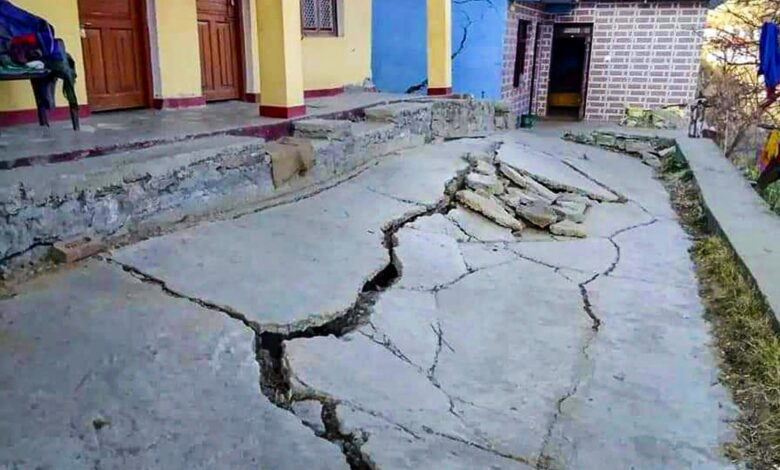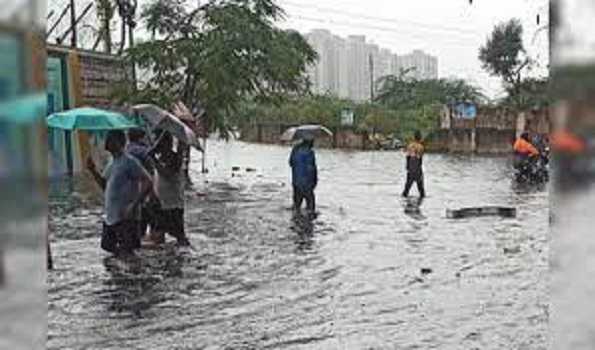Tale of sinking Joshimath, a man made disaster that hardly now can be handled back to its strength

Mobilenews24x7 Bureau
Amid the panic over the climate change and its unstoppable adverse impacts, the sinking in Joshimath, in Uttarakhand is a wakeup call for people. And for the experts in the field in particular.
Besides the PMO taking stock of the situations there, teams from several wings like National Institute of Disaster, NDMA, GSI and other teams with expertise have started flocking to the site.
It has been made mandatory for the local government to provide all help to the Central agencies to know and plan a redressal measure.
Joshimath in Uttrakhand’s Chamoli district is a border town of strategic and religious importance. It’s the Middle Sector’s gateway to the Indo-China border, and an important way station for religious pilgrimage (Badrinath, Hemkund Sahib) as well as to Auli, an international skiing destination.
The problem, however, is not new.
Way back, according to reports by MC Mishra Commission had the mention that, a ban on heavy construction in the area and in the areas surrounding the Joshimath.
But to no avail, the monstrosity of concrete were on and that too indiscriminately including high rise buildings like Asia’s longest & highest ropeway, new roads under the Char Dham Project, the 420 MW Vishnuprayag Hydropower Project and the NTPC’s 520 Project.
That way the Joshimath’s vulnerability to natural implosions increased giving the 1976 Mishra Commission report a huge sidestep.
When the government there closes its eyes and choses to look the other way, who cares for the environmentalists. Even, in complete disregard to the geological fragility, the government there sanctioned two hydroelectric schemes in spite of being aware of the warnings.
Experts further opine that the flood of June 2013, the glacier burst of February 2021 and extreme weather event of 17 Oct 2021 (190 mm rainfall in 24 hrs) had further weakened the landslide zone.
In December 2021, the Hon’ble Supreme Court had after the Central government cited defence and security requirements, allowed widening of the Char Dham Project roads. Experts further opine that the under-construction Helang bypass aimed at reducing the distance to Badrinath shrine by 30 km likely exacerbated landslide activity on account of heavy machinery usage.
Presently about 600 houses in Joshimath out of about 4,500 buildings, have developed severe cracks.
And it is clear that subsidence of Joshimath got doubled by the vacumes created beneath the earth those have been aggravated by the water-table distortions and tunnels dug below including the increasing load of contrusctions in the areas.






